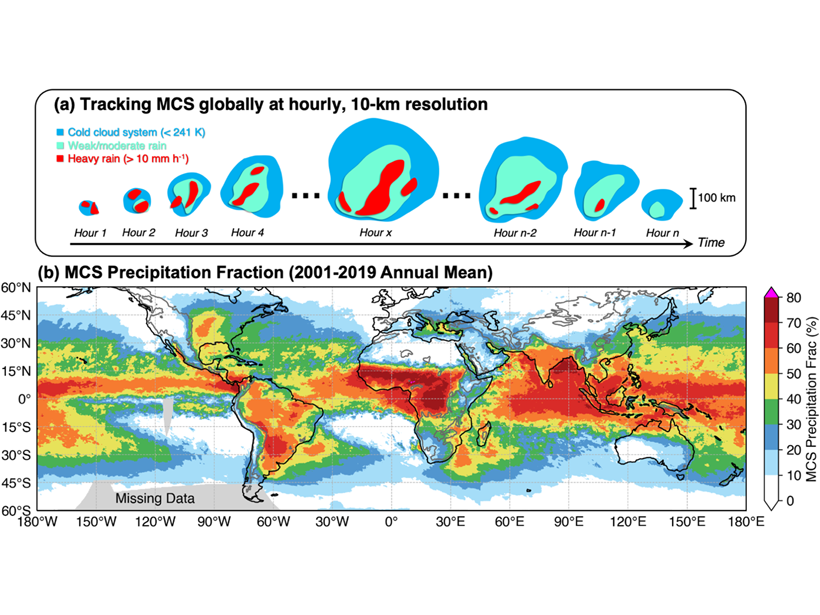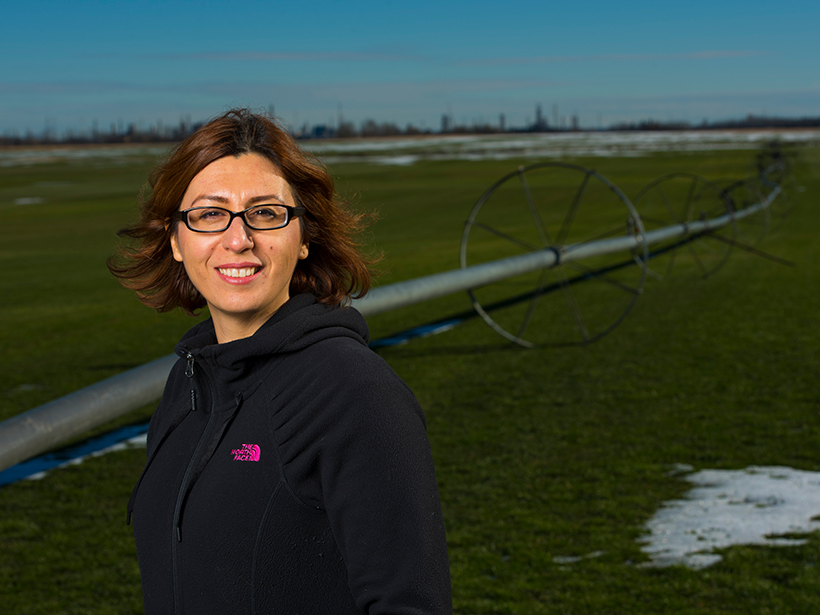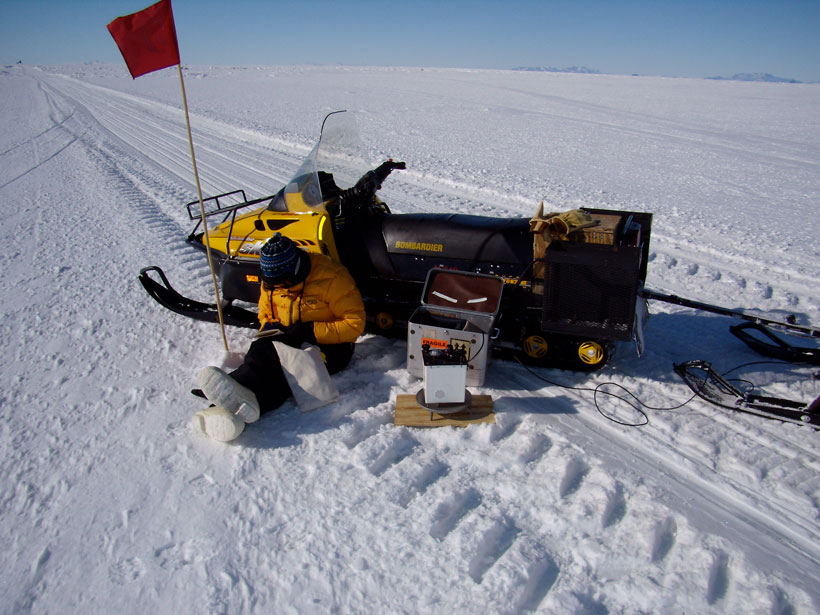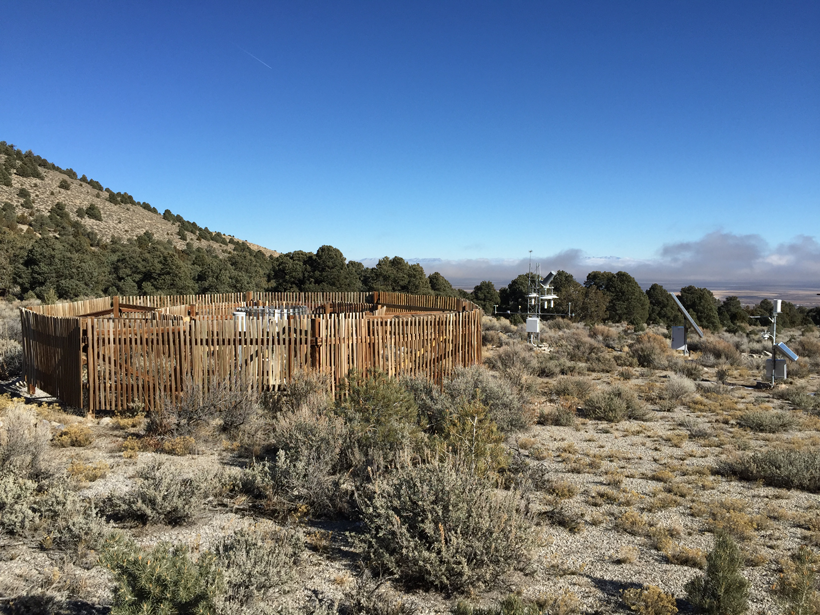研究人员指出,在评估与冷热相关的人类死亡风险方面,网格化的气候数据集与气象站数据一样有效。
data management
A Tectonic Shift in Analytics and Computing Is Coming
Artificial intelligence combined with high-performance computing could trigger a fundamental change in how geoscientists extract knowledge from large volumes of data.
Calculating Human Health Risks with General Weather Data
Gridded climate data sets are just as effective as weather station data at assessing human mortality risk related to heat and cold, researchers suggest.
What’s the Beef About Methane?
Progress has been made to reduce methane emission intensity from livestock (the amount of methane per unit of protein), but where are the greatest opportunities to reduce this methane source further?
Integrating Data to Find Links Between Environment and Health
Several obstacles stand in the way of integrating social, health, and Earth science data for vital geohealth studies, but there are tools and opportunities to overcome these obstacles.
New Global Mesoscale Convective System Tracking Database
A 20-year high-resolution global mesoscale convective system tracking database reveals the characteristics of mesoscale convective systems and their significant contributions to global rainfall.
Repensar el concepto de agua virtual en el mercado comercial mundial
Las discusiones sobre el comercio mundial están comenzando a considerar el agua que se necesita para producir bienes exportados. Algunos científicos sostienen que este enfoque debería tener una perspectiva regional más que global.
A Vital Resource Supporting Antarctic Research
The U.S. Antarctic Program Data Center is providing new services to help scientists document, preserve, and disseminate their research and to facilitate reusability of a wide range of valuable data.
A Global Monitoring System Could Change the Future of Climatology
Researchers hope that a network of highly consistent climate-observing sites will resolve long-standing issues with climatological data.
New Land Surface Air Temperature Global Dataset
The fifth major update of land surface air temperature data from the Climatic Research Unit and the Met Office has extended the time series, included more stations, and used better processing methods.










